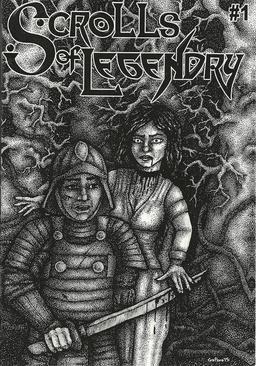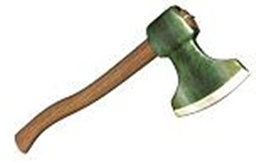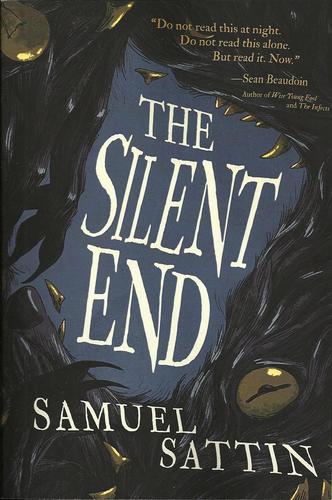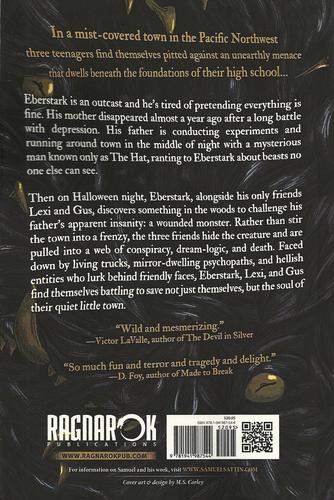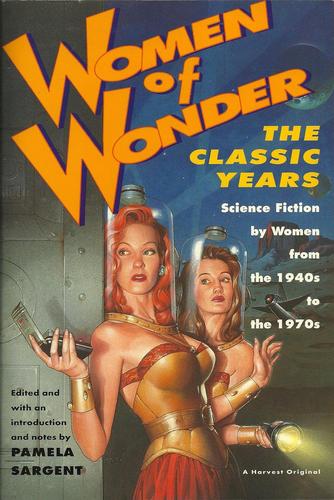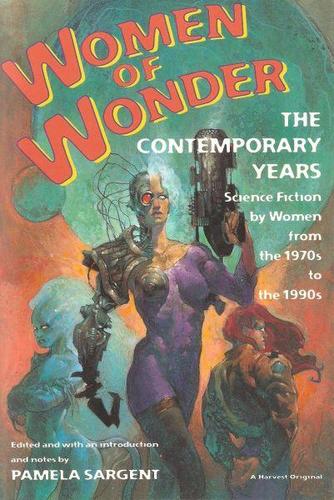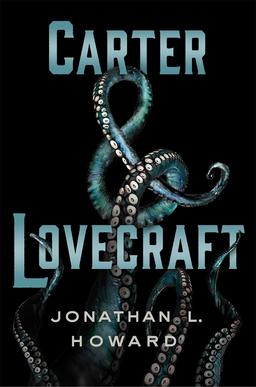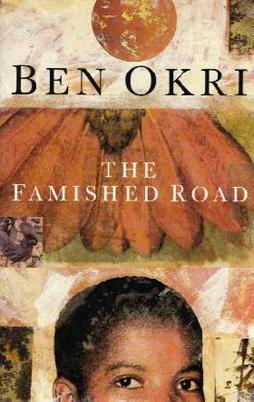 Ben Okri’s 1991 novel The Famished Road won the Booker Prize and was followed in 1993 by Songs of Enchantment and in 1998 by Infinite Riches. Riches called itself “Volume Three of The Famished Road cycle,” which seems an apt term. The books individually are visionary accomplishments, filled with ecstatic and elegant prose; and they are concerned with cycles, of lives and stories. They are concerned with myth, and themselves create myth, a mythology of history or at least a mythology intersecting with history.
Ben Okri’s 1991 novel The Famished Road won the Booker Prize and was followed in 1993 by Songs of Enchantment and in 1998 by Infinite Riches. Riches called itself “Volume Three of The Famished Road cycle,” which seems an apt term. The books individually are visionary accomplishments, filled with ecstatic and elegant prose; and they are concerned with cycles, of lives and stories. They are concerned with myth, and themselves create myth, a mythology of history or at least a mythology intersecting with history.
They follow Azaro, whose name is short for ‘Lazarus.’ He is an abiku, a spirit child, in what appears to be pre-independence Nigeria (the country where the books take place are never named). Abiku, we are told, are supposed to be born many times, dying young repeatedly; Azaro has decided to stay in this world, but can see spirits and in fact remembers his existence before birth. His friends in the spirit world remember him, too, and want him back. The first book in particular revolves around his determination to stay with the family into which he has been born, and his desire to make his mother happy. The second book, as Azaro himself observes, changes focus; it is less about his struggles with the other world, as his spirit friends change tack: “They chose to draw me deeper into the horrors of existence as a way of forcing me to recoil from life.” The focus here moves away from Abiku, toward his parents and his ghetto community; by the third book we are caught up in their myth, following their story as it moves on toward the end of its cycle.
The books are about, among other things, story and history and the ending of one cycle in a people’s existence and the beginning of a new. They are about the creation of a new nation. Are they fantasies? I suppose it’s mostly possible to read them as realistic — to see Azaro as delusional, to dismiss all the myths and visions as unreal. I am wildly skeptical that such an approach would produce any useful understanding of the books. On the other hand, these books are involved with myth as opposed to the kind of writing normally described by the word “fantasy.” Personally, I’d describe them as fantasies because to me “fantasy” includes the visionary — which these books are, 1990s equivalent to the prophecies of William Blake. It’s fair to argue that I’m getting those words backwards, that fantasy is a subspecies of the visionary instead of the reverse; but I think that “fantasy” perhaps also implies the kind of creative response demanded here of readers. As I said, I don’t think approaching these books with a perspective that privileges the realistic will get very far. Whatever world you use for them, it’s worth acknowledging that these are books of myth that call out to the mythic sensibility.
…
Read More Read More


